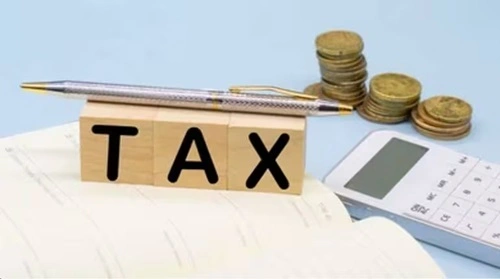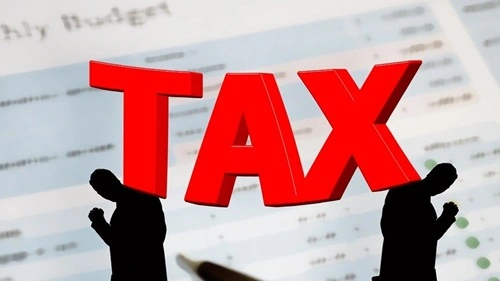Owing back taxes to the government can be a daunting obstacle that hinders financial stability and personal well-being. The idea of tax debt conjures up images of relentless collectors and feared wage garnishments, creating unwarranted stress. However, with the right information and approach, individuals struggling with tax obligations can navigate a path to relief. In this article, we’ll explore practical steps to take control of tax debt, understand relief options, and begin the journey toward financial recovery. Keep reading to learn how to wipe the slate clean and start fresh.
Understanding Tax Debt and Its Impact on Financial Freedom

Tax debt occurs when an individual fails to meet their tax obligations on time, often due to issues like insufficient withholding or unexpected expenses. This can lead to severe consequences, including penalties, interest, and damage to one’s financial reputation, making it difficult to secure loans or mortgages.
Resolving tax debt is crucial for financial recovery. Acting quickly can prevent actions like tax liens or levies, offering a path toward financial freedom. For those facing complex tax issues, seeking help from tax relief helpers California can provide personalized support and effective solutions.
Tax Debt Relief Programs: Navigating Your Options
Tax debt burdened individuals can access relief programs such as offers in compromise, installment agreements, and currently not collectible status. These programs help settle or manage outstanding taxes by evaluating income, expenses, and asset equity. Installment agreements allow for monthly payments that fit budgets, while currently not collectible status temporarily halts collection activities for those unable to pay immediately.
Each program has specific eligibility criteria and application processes that must be carefully navigated. Seeking assistance from a tax professional can significantly improve the chances of successful participation in relief programs, as they can provide valuable advice and help navigate complex regulations.
The Role of the IRS in Tax Debt Resolution
The Internal Revenue Service (IRS) is a federal agency responsible for tax collection and enforcement, offering assistance to those struggling with financial hardship. Understanding IRS procedures and relief options is crucial for efficient tax debt resolution. The IRS evaluates each case individually, ensuring transparency and consistent communication.
Online resources and customer service channels help clarify the tax resolution process. Staying informed about changes in tax laws and seeking guidance from tax professionals can help navigate the complex IRS terrain. Staying informed and adhering to established guidelines can help taxpayers work towards a viable resolution of their tax liabilities.
Strategies for Negotiating Tax Debt Settlements
Negotiating with the IRS or state tax authorities to settle tax debt is a complex process that requires strategic planning and professional assistance. The goal is to find an agreement that reduces the taxpayer’s liabilities to a level that aligns with their ability to pay, considering financial hardship. A strategic approach is to assess one’s financial situation, preparing a comprehensive financial statement detailing income, debts, expenses, and assets.
Another tactic is to present a convincing case for why the offered settlement serves the best interest of both the taxpayer and the government, demonstrating compliance with tax laws and willingness to maintain financial obligations. Tax resolution specialists can help individuals navigate this complex negotiation process, using their knowledge of tax codes and IRS negotiation practices to achieve the most favorable outcomes for their clients.
Rebuilding Your Financial Future Post Tax Debt Relief
Tax debt relief offers a fresh financial start, allowing individuals to rebuild their credit and gain fiscal stability. The first step in this recovery is creating a realistic budget to ensure tax compliance and avoid falling back into debt. It’s also wise to reassess financial habits, adjust withholdings, and build an emergency fund for future security.
Along with financial planning, learning from past mistakes is key to long-term success. Enhancing financial literacy, possibly through a writing education program, can empower individuals to make better decisions. Maintaining open communication with tax authorities and staying on top of tax statements helps prevent future issues, ensuring continued financial freedom.
Altogether, facing tax debt and seeking relief requires perseverance, knowledge, and the right strategy. By exploring and utilizing tax relief programs, negotiating skillfully, and committing to a financially sound lifestyle post-relief, individuals can overcome this hurdle. The path to tax debt resolution is complex but navigable, leading to an empowered financial future.

